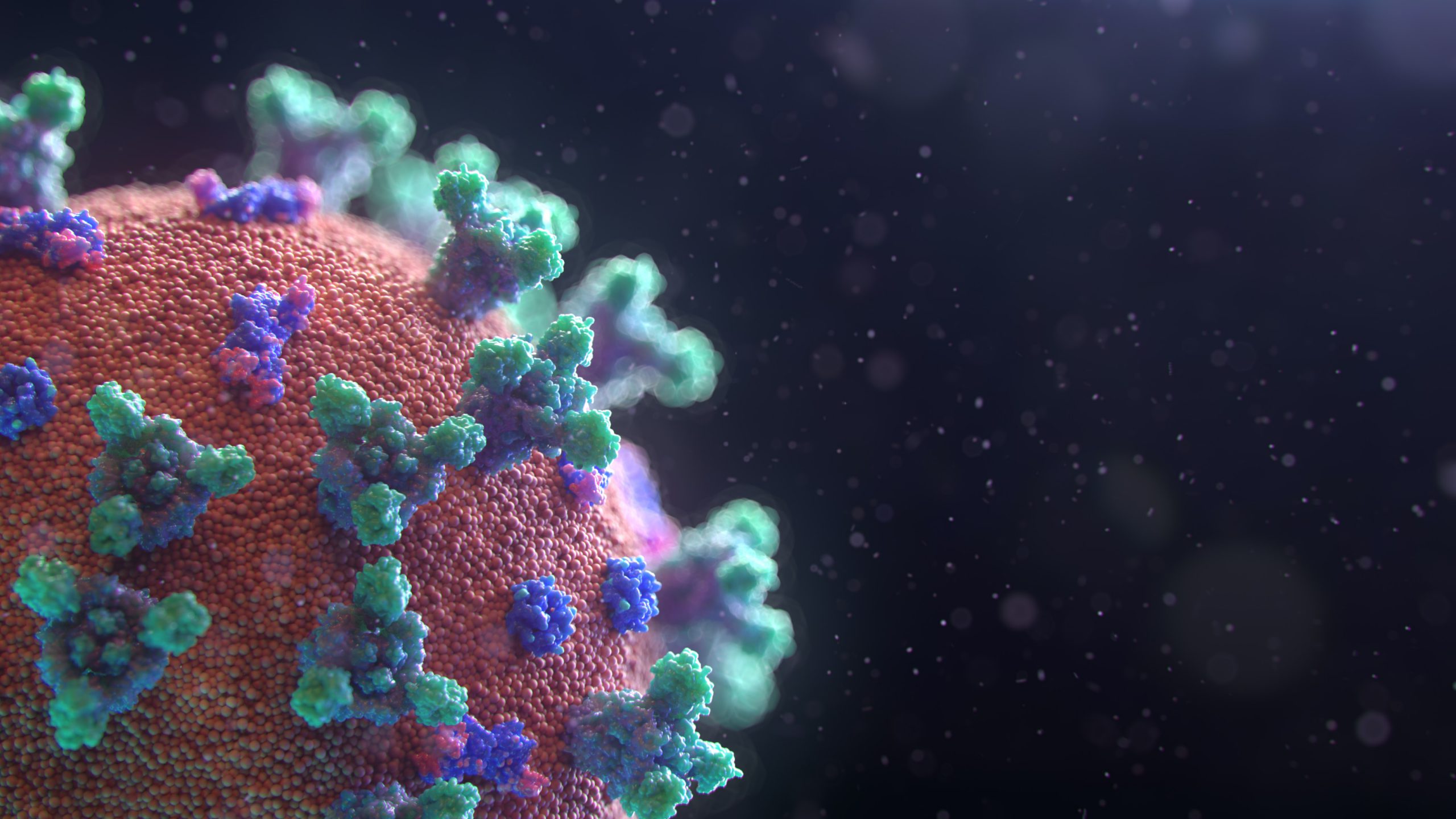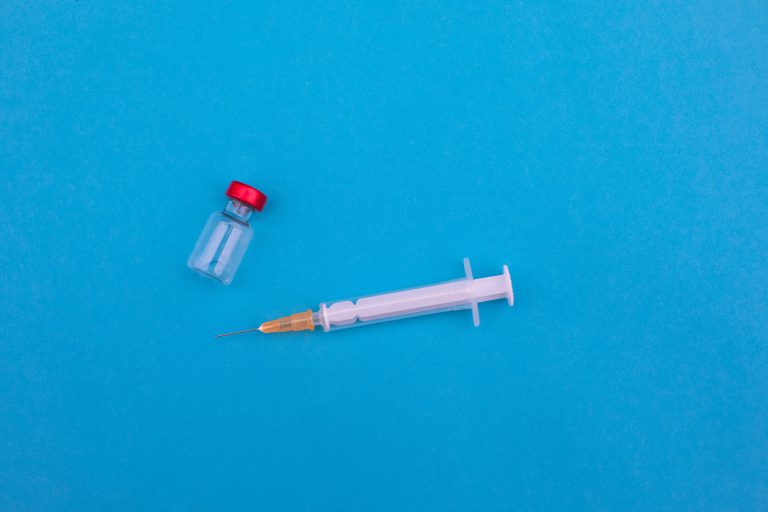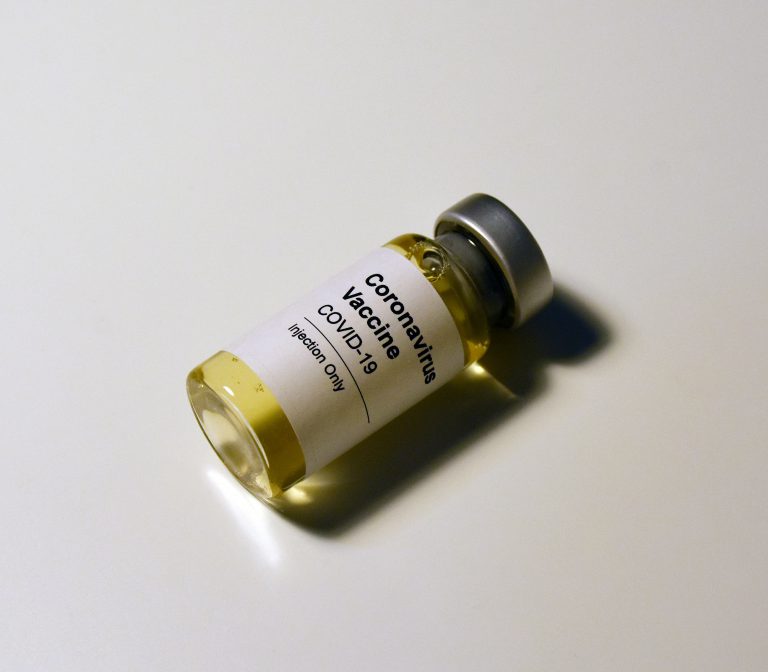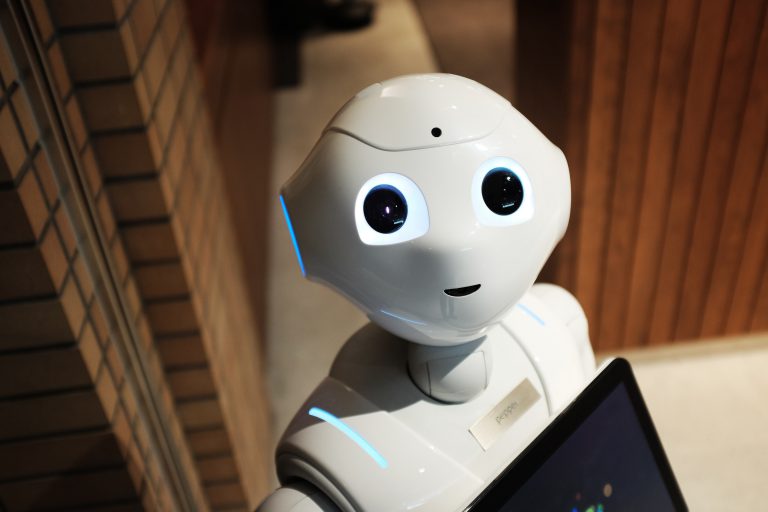Within Europe and the United States, the coronavirus was observed to display a small genetic mutation known as D614G. The mutation manifests as an increase of spikes on the virus’s surface, which allows it to more easily attach to and infect the cells it comes into contact with. The mutation has allowed the virus to increase its ability to infect, making it seem like a new phase of the virus is coming to reality.
The mutation of the coronavirus
Early on during the outbreaks of the virus, countries such as Italy have seen the virus spread rapidly throughout its population. At the same time, places such as Washington have shown much better results in controlling the virus. However, many people wonder whether this is because the healthcare systems in said places are different—suggesting that Italy was not as ready as Washington or New York—or that the virus itself has undergone a mutation.
It is good to note that with each chance at reproducing and spreading, the virus will undergo a minimal change. However, none of these viruses showed signs of a significant mutation, such as what was seen in D614G.
Some people have come to believe that this was because of the founder effect—a reduction in the number of mutated viruses due to one population outgrowing the rest. However, it is proven that this is not true.
According to research carried out by Scripps Research virologist, Choe, and Scripps Research Department of Immunology and Microbiology co-chairman, Farzan, D614G does not exist along with other variants of the virus. Fortunately, even with the mutation now ongoing and enhancing the virus’s ability to infect, the immune factors that worked well against the varying types of coronaviruses still proved to be effective against the mutated strain.
Put simply, it is believed that the vaccine that will be created to address the virus should work effectively against both variants, with or without the D614G mutation.
Other experiments carried out by the duo also proved that the virus is bound to the ACE2 receptor, the same receptor that SARS was found to bind to. This is perhaps because both are extremely similar.
However, there is one major difference between SARS and the coronavirus now. In SARS, the spike is shaped into a tripod. While COVID-19 shared a similar tripod, it is divided into two individual segments. This resulted in unstable spikes, where only about a quarter of the spikes on the virus could attach to and infect other cells.
With the D614G mutation, however, the spikes have become much more stable. Along with this, the spikes have become more flexible and contribute to its ability to infect and not break apart.
Conclusion
While the mutation has proven to allow the virus to infect much more effectively, it is unknown whether this means that the symptoms are going to worsen or that the mortality rate will increase. Thus, there is still much to be learned about the virus, especially ones with the mutation.
That said, to keep yourselves safe from the virus, it is always smart to practice social distancing protocols and hygienic habits such as hand washing to limit the rate and likelihood of infection.
For the latest medical news in the US industry, check out what we have over at Dose Of Healthcare!



















